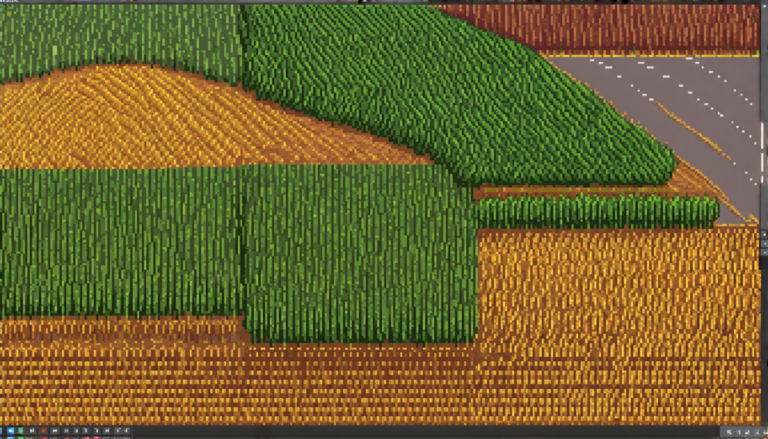Sunday 20 April 2025
Researchers have long sought to improve the resolution of radar systems, which are crucial for a wide range of applications, from military surveillance to weather forecasting. A new paper published in IEEE Transactions on Aerospace and Electronic Systems presents a novel approach that leverages deep learning to super-resolve radar range profiles.
The challenge in radar imaging lies in extracting high-resolution information from noisy signals. Traditional methods rely on signal processing techniques such as Fourier transform or MUSIC algorithm, but these approaches often fall short when faced with low signal-to-noise ratios (SNRs) or closely spaced targets. The authors of this paper propose a different tack: using neural networks to learn the patterns and relationships within radar data.
The team developed a Super-Resolution Network with Dimension Scaling (DSSR-Net), which consists of two main components. The first is a sparse representation model that lifts the echo signals into high-dimensional space, effectively capturing subtle features of closely spaced objects. The second is a deep neural network that learns to extract these patterns and reconstruct the radar range profiles at higher resolutions.
The DSSR-Net was tested on both synthetic and real-world data, with impressive results. In simulations, the network successfully separated targets that were previously indistinguishable, even in low-SNR scenarios. In experiments using real radar data collected from an anechoic chamber, the DSSR-Net outperformed traditional methods by a significant margin.
So what does this breakthrough mean for the future of radar technology? For one, it could enable more accurate and detailed imaging of complex environments, such as dense urban areas or cluttered landscapes. This could have significant implications for applications like surveillance, search and rescue, and environmental monitoring.
Furthermore, the DSSR-Net’s ability to learn from noisy data opens up new possibilities for radar system design. By leveraging deep learning techniques, researchers may be able to develop more efficient and effective signal processing algorithms that can adapt to changing environments and conditions.
While this is just one step towards the goal of achieving high-resolution radar imaging, it represents a significant advance in the field. As researchers continue to push the boundaries of what’s possible with radar technology, we can expect to see even more innovative applications emerge in the years to come.
Cite this article: “Revolutionizing Radar Imaging: A Deep Learning Approach to Super-Resolution Range Profile Reconstruction”, The Science Archive, 2025.
Radar, Deep Learning, Super-Resolution, Neural Networks, Signal Processing, Fourier Transform, Music Algorithm, Snr, Range Profiles, Radar Imaging.







